“I really want to cloth diaper my baby, but it seems like so much work.”
“I don’t know if I can stomach manually cleaning baby poop.”
“Don’t you have to fasten cloth diapers with safety pins?”
Sound familiar? You’re not alone. Cloth diapering can be intimidating, especially if you don’t know where to start. Luckily, the process has changed a lot recently, so cloth diapering is accessible even for more modern, busy parents! Whether you’re considering adopting cloth diapering or you’re still on the fence, we’ve got some statistics, tips, and even an easy-start guide to starting your cloth diapering journey.
Why Do People Cloth Diaper?
What some may consider a hassle or too messy, others consider a great way to protect the environment, their baby’s skin, and save money. While cloth diapering is more work, the rewards far outweigh the costs.
One of our customers, Elizabeth, shared with us why she decided to switch to cloth: “They’re not as intimidating as people think. And people look at me like I’m crazy when I tell them we cloth diaper our kids, but then I explain the benefits of cloth and how much safer it is for our kids, especially since they are very sensitive to disposables. It’s so much better for the environment and we’ve saved so much money with cloth. Switching to cloth diapers is the best decision I made for my kids and I’ll never go back to disposables!”
Most babies go through 8-10 disposable diapers a day. If you’re buying in bulk for the best price, that’s about an average of $600 for the first year, and unless you’re a superstar at potty-training, it’s an estimated cost of $1,500 for each child through the entire diaper phase. That’s a lot of cash, especially when there’s many other costs associated with taking care of your newborn.
On the contrary, you’ll need about 24 cloth diapers for your baby’s entire potty-training stage. If you were to buy higher-end cloth diapers available, you’re still only looking at $300 in cost! Plus, if you’re using a detergent specially made for cloth diapers, they’re preserved even longer and can be used in the future with any other children you might have.

Keep In Mind...
Start Small
Cloth diapering is a commitment, and it’s not something for everyone. Before you invest in a full-set of cloth diapers, consider a hybrid approach to start. Begin with using four cloth diapers per day and disposables for the remaining diaper changes. This can help you feel out the process and make sure it’s right for your family!
Change Them Often
While going the cloth diaper route is better for your baby’s sensitive skin, cloth diapers are less absorbent than disposables, so to avoid diaper rash, you’ll need to change them more often than you typically would with disposable diapers.
Take Size Into Account
Cloth diapers are a bit bulkier than standard diapers, so if you plan to cloth diaper, consider going up a size on your baby’s clothing to accommodate!

How Can I Start Cloth Diapering?
If you’re testing out the process, we recommend having 12 cloth diapers on hand, but ultimately, you’ll want around 24. If you’re full cloth diapering, newborns will go through about 10-12 a day, infants use 8-10, and toddlers about 6-8.
There are 5 main types of cloth diapers:
- All-in-One: The simplest option for cloth diapers. Closely resembling a disposable diaper, this can be a great place to start since no added inserts or crafting folding are required!
- Hybrid: The benefits of cloth diapers and the convenience of disposables. Hybrids have a waterproof outer layer and either a cloth insert or a disposable insert. This style is perfect if you’re interested in cutting down on your waste, but may not have time to wash all of your cloth inserts.
- Pocket: This type of cloth diaper has a “pocket” where an absorbent insert is placed. Because the lining of the pocket is moisture wicking, it helps your baby feel dry and more comfortable even after soiling the diaper.
- Flats: This is what you’re thinking of when you think of a traditional cloth diaper. No fancy buttons to snap, this absorbent piece of cloth is versatile because it can be folded and wrapped specifically to fit your baby even as they grow! However, flats require an outer cover to keep the moisture contained.
- Fitted: like Flats, Fitted diapers require an outer cover to keep the moisture contained. They’re much easier to secure though! Many of them have buttons or snappable wings. Fitted diapers take the longest to dry out of all the common cloth diaper options, so if you’re constantly on the go, this might not be the style for you.
In addition to the diapers, the cleaning process is a lot easier if you have the right tools for it. You’ll definitely need a cloth diapering detergent like Rockin’ Green’s Platinum Series Dirty Diaper Detergent. Not only does this make removing pee and poop a breeze, it helps get rid of and keep the diapers odor-free!
Some other super helpful tools include:
- A cloth diaper pail: Instead of emptying the diapers straight into the toilet, using a diaper pail along with a diaper sprayer can help consolidate the waste and make for a cleaner transfer to the toilet.
- A diaper sprayer: Good news! You don’t have to scrape baby poop yourself with the help of a diaper sprayer. High-powered water does (most of) the dirty work for you.
- A wet bag: A single wet bag can hold up to 15 cloth diapers! Ever wondered how cloth diapering parents deal with diaper changes in public? Most of them have a wet bag. It seals to contain liquids and odors until you can get home to wash the diapers.
See? Not so scary.
If you’re ready to dive deeper, check out our cloth diaper wash routine!
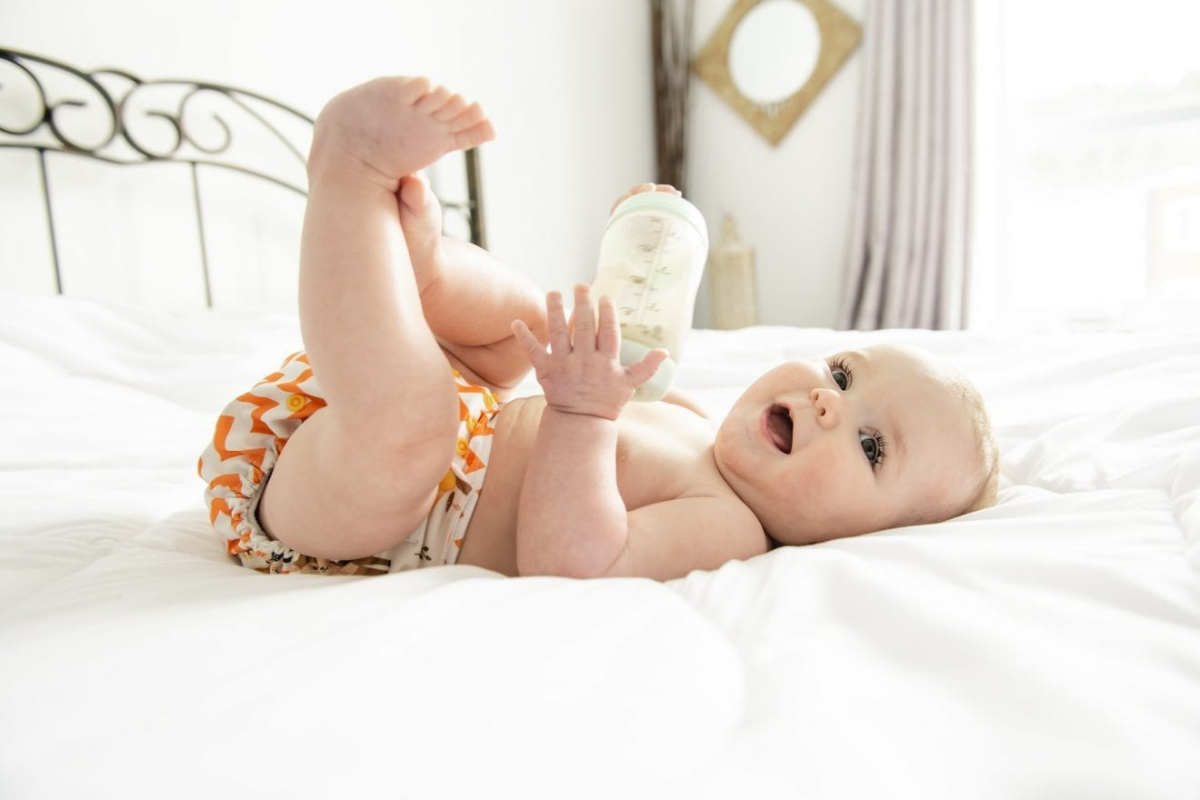
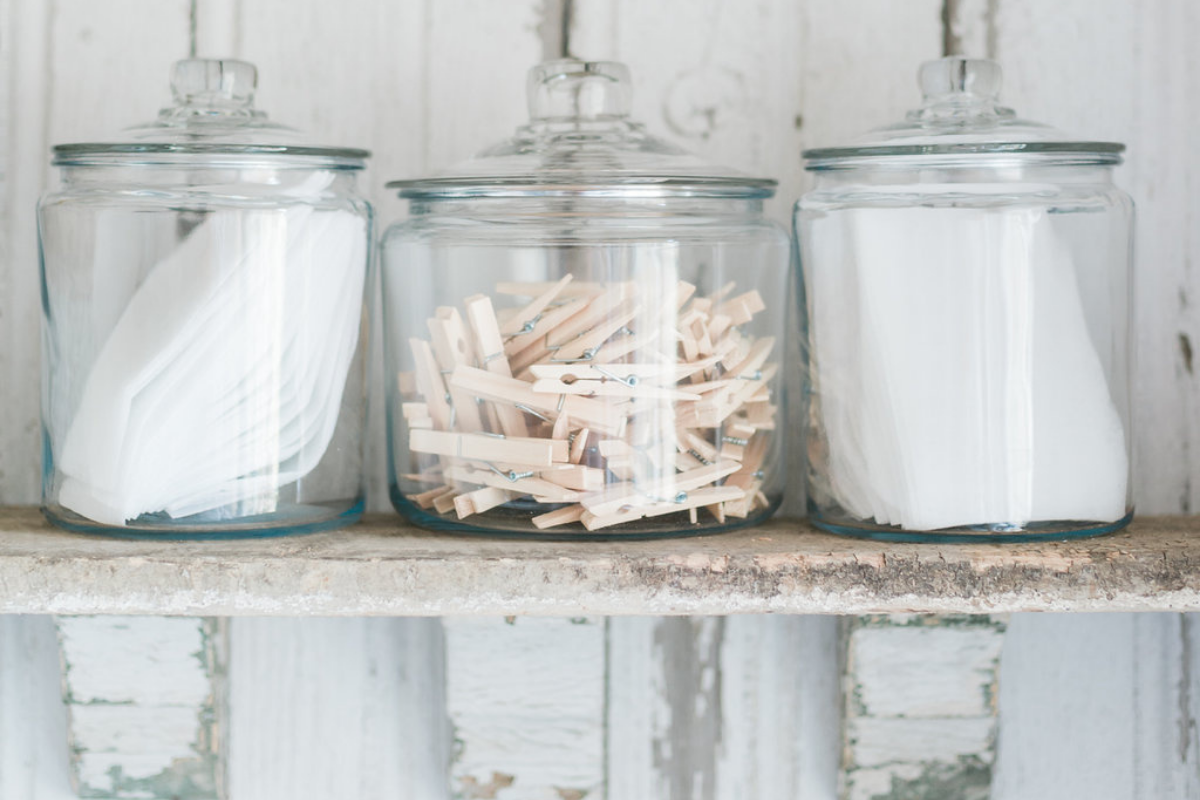
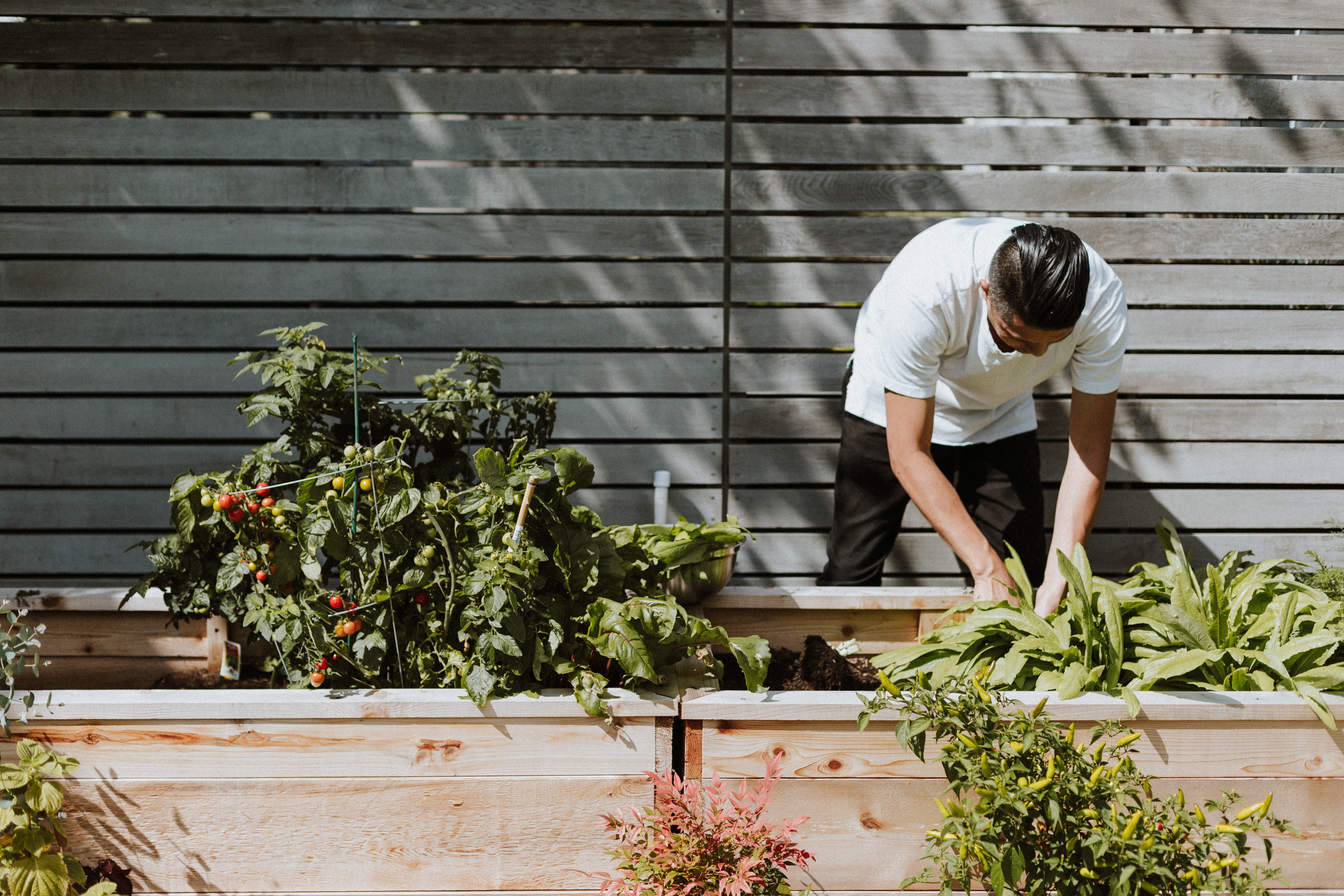
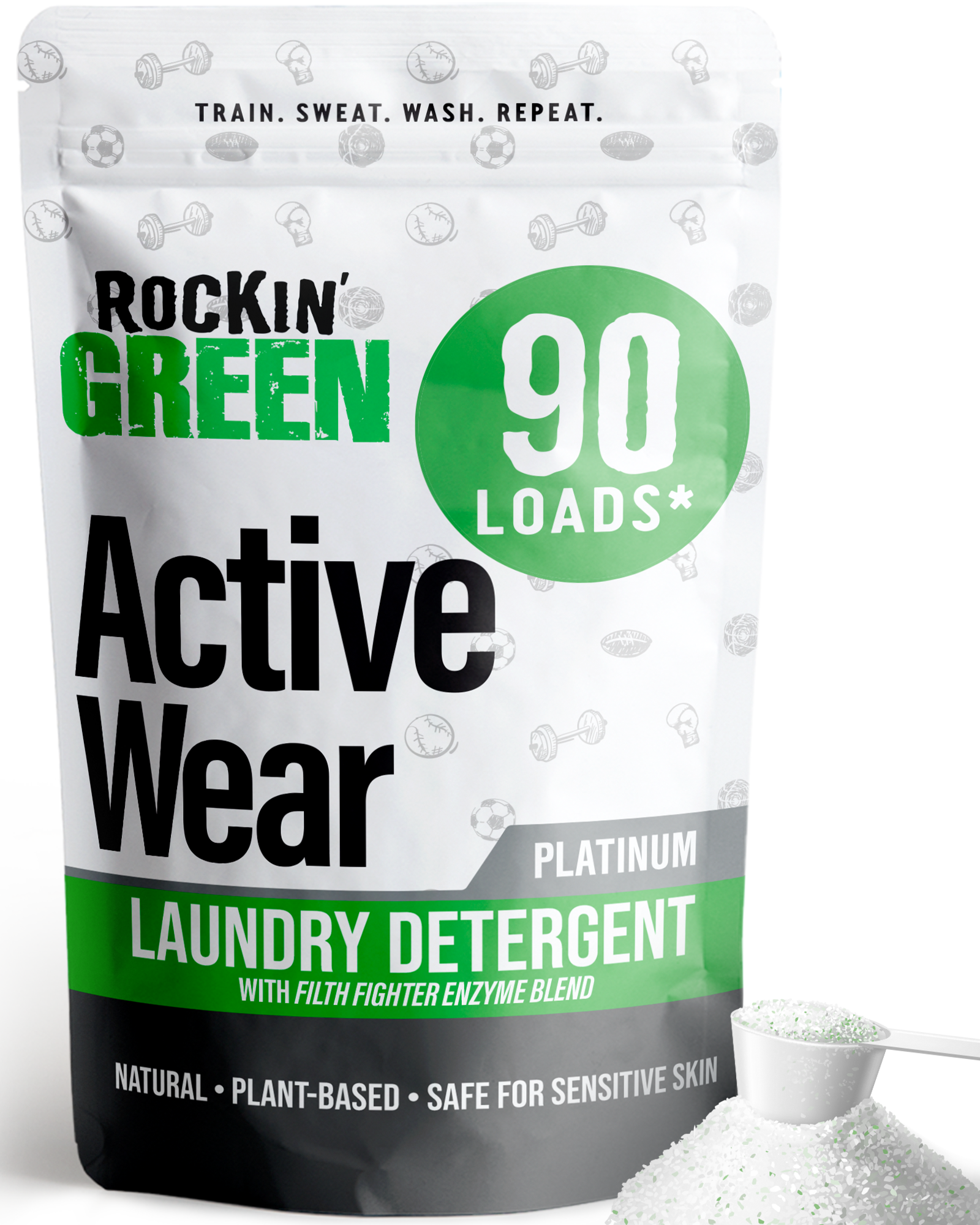
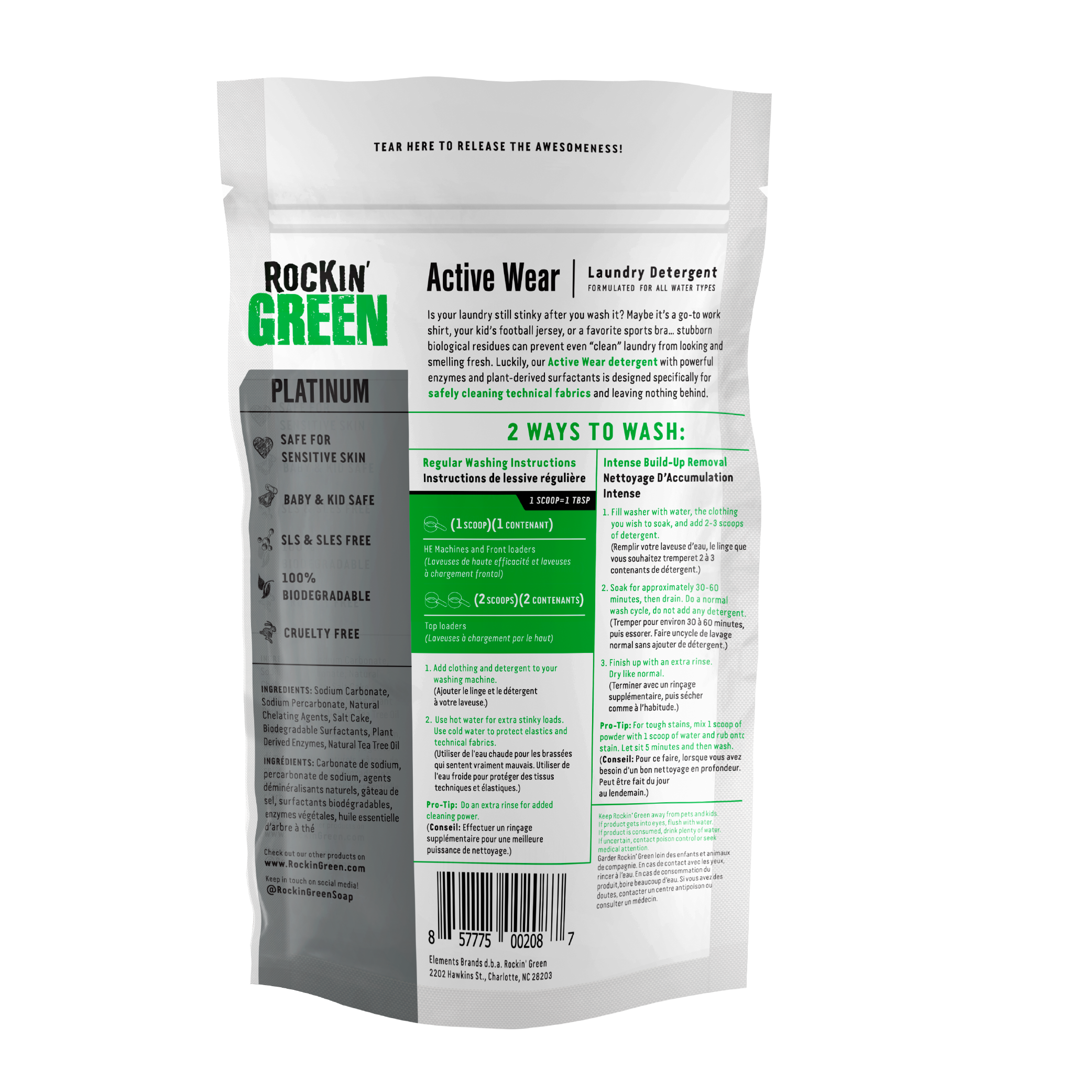
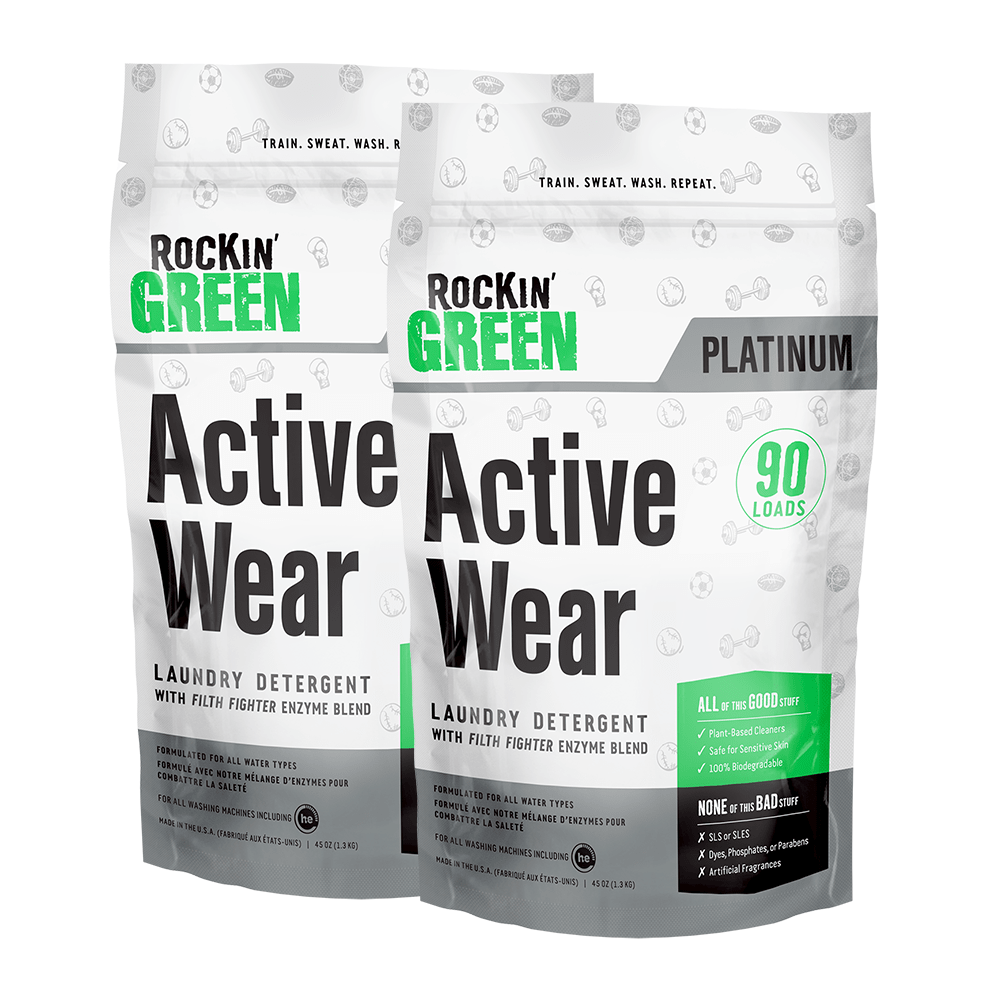
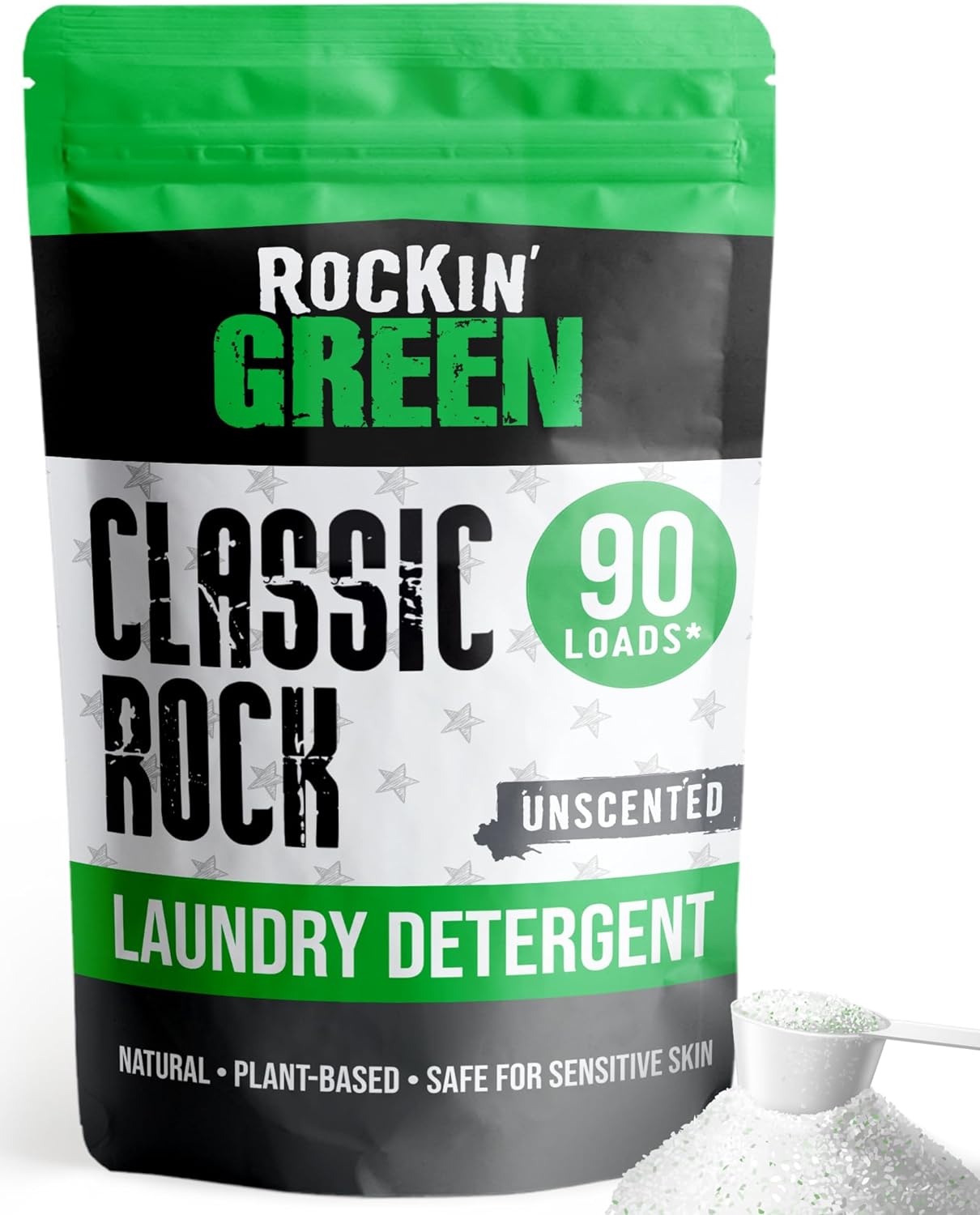
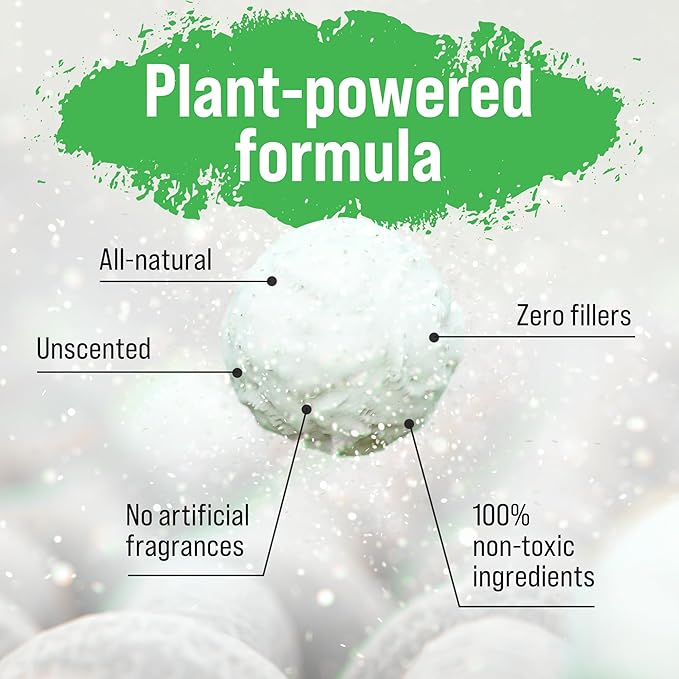
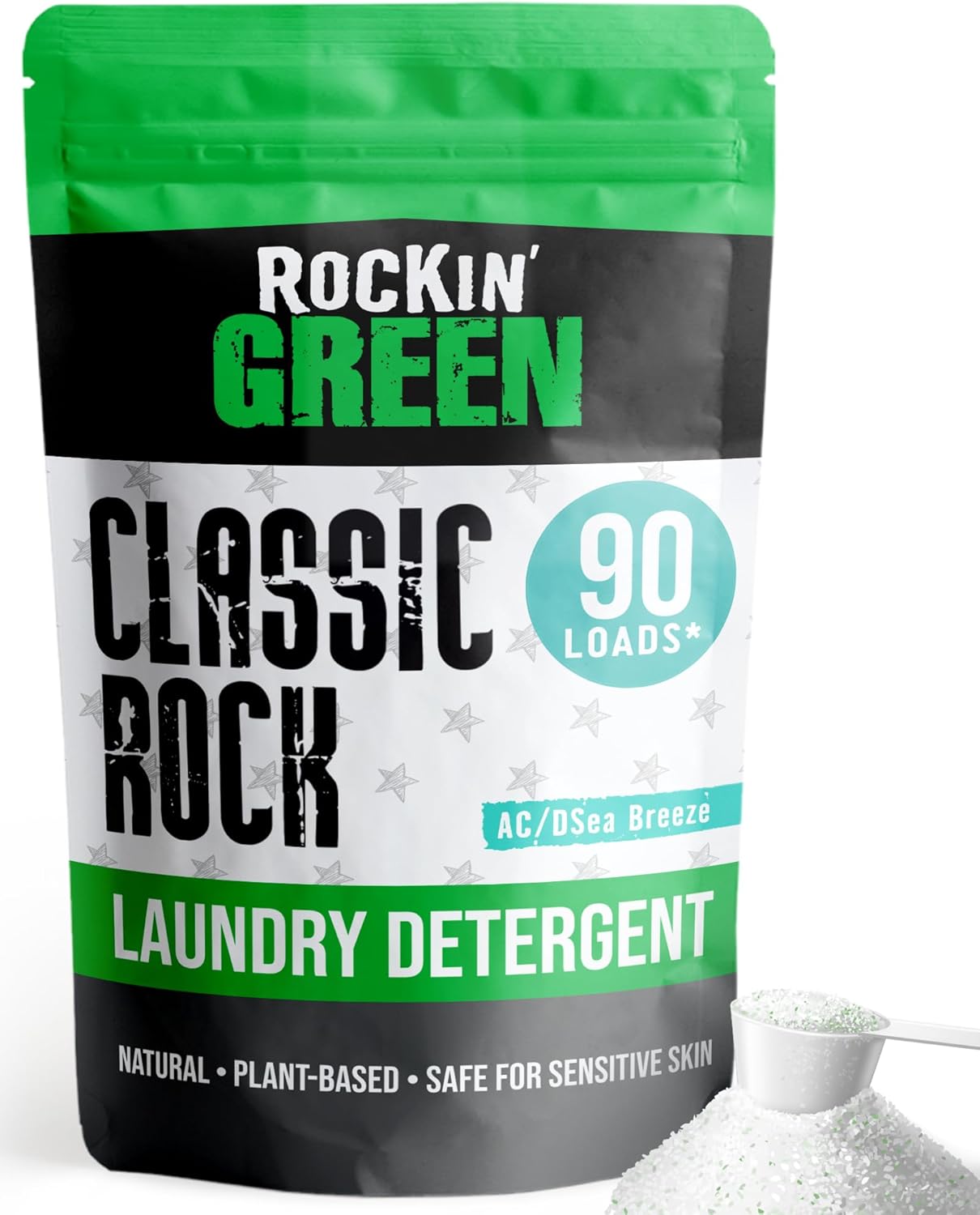
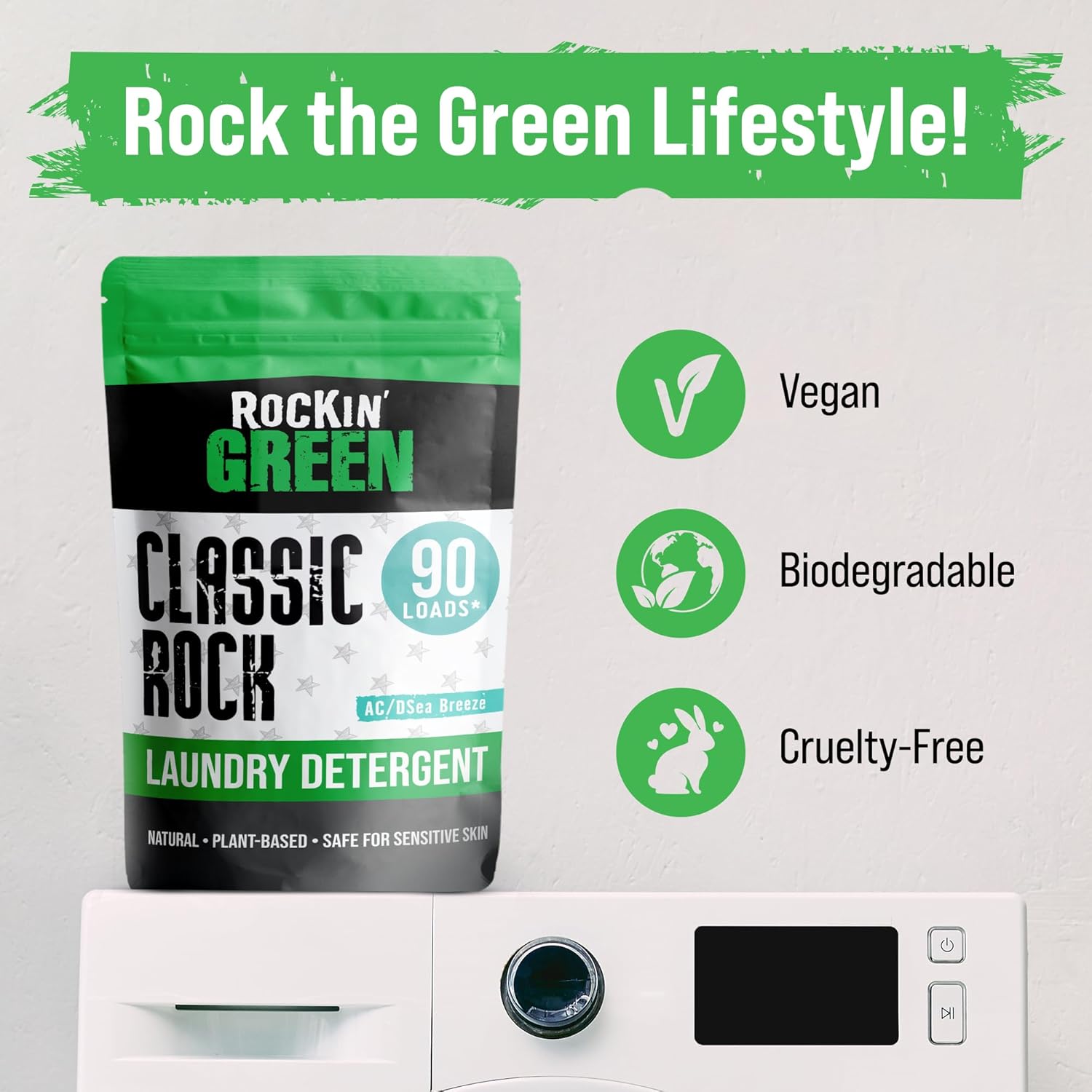
Leave a comment
This site is protected by hCaptcha and the hCaptcha Privacy Policy and Terms of Service apply.